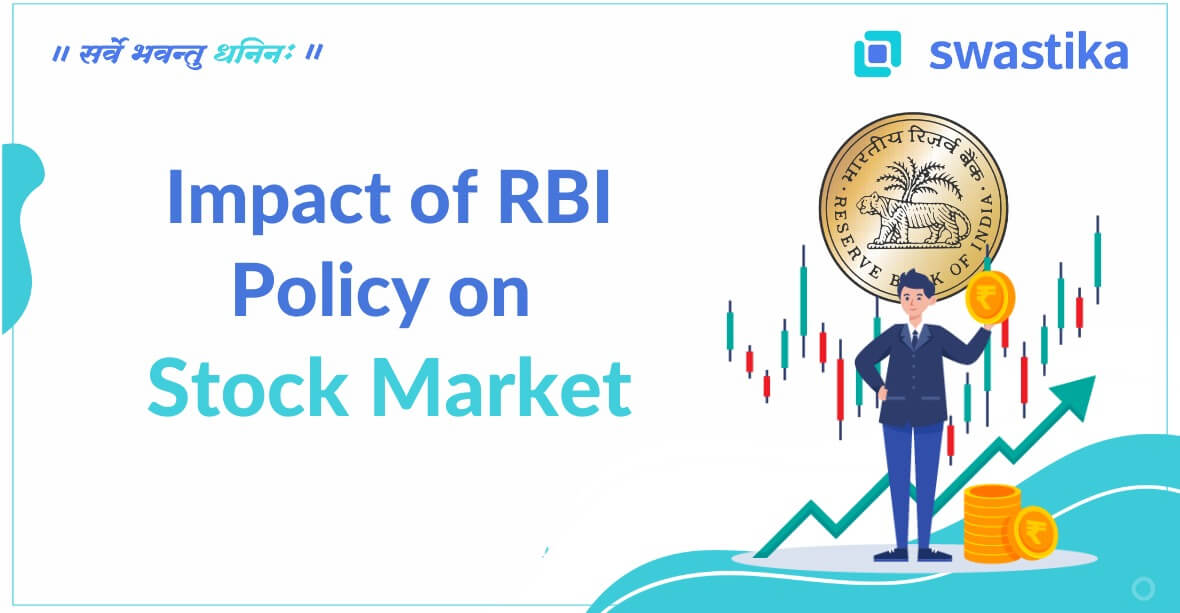The earning season begins, two to three weeks after a fiscal quarter ends. It also extends for roughly a month beyond the end of the quarter.
As per Financial Year
Period - Quarter. - Declare Month
Apr to Jun - Q1 - results will be in July/Aug
July to Sep - Q2 - results will be in Oct/Nov
Oct to Dec - Q3 - results will be in Jan/Feb
Jan to Mar - Q4 - results will be in Apr/May
Investors and other stakeholders have access to information during the earnings season that they may use to create their own views and take independent actions. When utilizing the fundamental analysis to assess their present or future holdings, traders place a high value on financial performance.
Equity research experts provide forecasts and research reports using earnings data and other relevant information, which investors use as a standard to evaluate the performance of the firms.
Results will be released publicly every three months. 95% of businesses follow the April through March calendar year. For some businesses, the calendar year runs from January to December.
Strategies for Generating Returns From Insights
Trade Stocks Based on Performance
Using the insights obtained from earnings reports, one technique is to trade stocks based on performance. A company's stock price is expected to increase if it reports positive earnings. A company's stock price is likely to decrease if it reports negative earnings.
Gross Revenue
Before any deductions, this is the entire money earned by a company for the most recent quarter or reporting period.
Net Income
Also called net profits, net income is the sum of sales and revenue fewer costs. The final figure shows a corporation's net profit or loss, or how successful or lucrative a company has been.
EBITDA, the operating profit
This indicator displays the amount of profit a company produces for each unit of revenue it brings in. Earnings before Interest, Tax, Depreciation and Amortization criteria are referred to as EBITDA. In other words, you may use EBITDA to assess a company's profitability based on its revenue and outgoing costs.
Decide on Long-Term Investments
Using the data to guide your investment choices is another way to profit from earnings reports. When a company issues a negative earnings report, if an investor is bullish on that stock for the long term, it may be time to buy more.
Do Nothing (or Hold)
Many investors react hastily to these stories, but the best course of action may be to simply hold. Depending on the sector, many firms recover over time, thus an investor may lose money if they sell their shares immediately after a negative quarter.
Invest in the Industry
Another tactic is to buy lesser-known equities in the same sector where other companies are reporting positive quarterly results. This can indicate that the sector is expanding and that an investor would stand to gain from the ensuing wave of profitable stocks.
Play the Odds
Prior to the earnings season, some investors may decide whether to buy or sell. This implies that they will take a risk on whether the company's earnings report will turn out positively or negatively and will buy or sell stocks suitably.
Earnings Per Share (EPS)
The Company’s profit is divided by the number of outstanding shares of its common stock to calculate earnings per share. You may determine from this computation how much money a corporation produces for each share of its stock.
What does the earnings season reveal about the state of the world economy?
From the success of certain industries to a number of basic elements, the earnings season's impact on the world economy is influenced by a variety of variables. While bellwether companies exceeding or meeting expectations might be a sign of a healthy corporate climate, there isn't always a clear correlation between the stock market and the economy because of the many diverse ways in which they interact.




.png)













 48, Jaora Compound, M.Y.H. Road, Indore-452001
48, Jaora Compound, M.Y.H. Road, Indore-452001
 0731 - 6644000
0731 - 6644000


